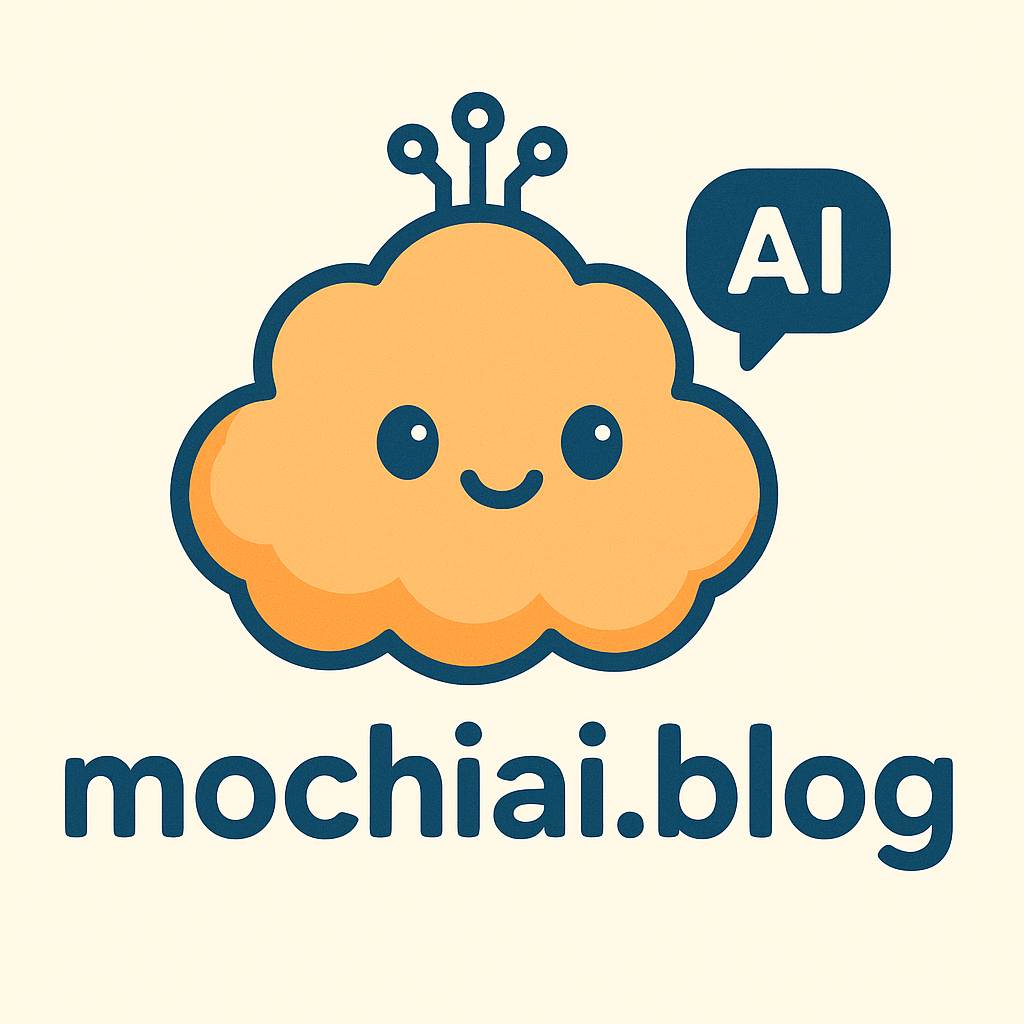
01 Aug AI-Powered Diagnostics Revolutionizing Healthcare
AI-Powered Diagnostics: A Revolution Reshaping Healthcare
Artificial intelligence (AI) is rapidly transforming numerous industries, and healthcare is no exception. At the forefront of this revolution lies AI-powered diagnostics, poised to redefine how diseases are detected, diagnosed, and ultimately treated. This technology leverages machine learning, deep learning, and natural language processing (NLP) to analyze vast datasets of medical images, patient records, and genomic information, offering unprecedented speed, accuracy, and accessibility in diagnostic processes.
Enhancing Medical Imaging Analysis:
One of the most significant impacts of AI in diagnostics is its ability to enhance medical image analysis. Traditionally, radiologists and other medical professionals painstakingly examine X-rays, CT scans, MRIs, and ultrasounds to identify anomalies indicative of disease. This process is time-consuming, subjective, and susceptible to human error, particularly when dealing with subtle or complex cases.
AI algorithms, trained on massive datasets of labeled medical images, can learn to recognize patterns and abnormalities with remarkable precision. These algorithms can highlight suspicious areas, quantify subtle changes in tissue density, and even differentiate between benign and malignant growths with accuracy often surpassing that of human experts.
Specifically, AI is proving invaluable in:
- Cancer Detection: Algorithms can detect minute tumors in mammograms, lung CT scans, and other imaging modalities, enabling earlier diagnosis and improved treatment outcomes. They can also assist in characterizing tumor heterogeneity, guiding personalized treatment strategies.
- Cardiovascular Disease Diagnosis: AI can analyze echocardiograms and cardiac MRIs to assess heart function, detect structural abnormalities, and predict the risk of heart attacks and strokes. It can automate measurements of cardiac chamber sizes and ejection fraction, improving efficiency and reducing variability.
- Neurological Disorders: AI can assist in diagnosing Alzheimer’s disease, Parkinson’s disease, and multiple sclerosis by analyzing brain MRIs and PET scans. It can identify subtle changes in brain volume and metabolism that are indicative of neurodegenerative processes.
- Ophthalmology: AI is being used to diagnose diabetic retinopathy, glaucoma, and macular degeneration by analyzing retinal images. Algorithms can automatically detect lesions, hemorrhages, and other signs of eye disease, enabling early intervention and preventing vision loss.
The integration of AI into medical imaging workflows can significantly reduce the burden on radiologists, allowing them to focus on more complex cases and improve overall efficiency. AI can also provide a second opinion, reducing the risk of misdiagnosis and improving patient safety.
Analyzing Electronic Health Records (EHRs):
Beyond medical imaging, AI is also revolutionizing diagnostics by analyzing electronic health records (EHRs). EHRs contain a wealth of patient information, including medical history, symptoms, lab results, medications, and genetic data. AI algorithms can sift through this data to identify patterns and correlations that might be missed by human clinicians.
AI-powered EHR analysis can be used to:
- Predict Disease Risk: By analyzing patient characteristics and risk factors, AI can predict an individual’s likelihood of developing a particular disease, such as diabetes, heart disease, or cancer. This allows for proactive interventions and preventative measures.
- Identify Diagnostic Clues: AI can analyze patient symptoms and medical history to suggest potential diagnoses, aiding clinicians in narrowing down the list of possibilities and ordering appropriate tests. This can accelerate the diagnostic process and reduce the risk of diagnostic errors.
- Optimize Treatment Plans: By analyzing patient data and comparing it to outcomes of similar patients, AI can help clinicians select the most effective treatment plan for each individual. This personalized approach to medicine can improve treatment outcomes and reduce side effects.
- Detect Adverse Drug Reactions: AI can monitor patient records for signs of adverse drug reactions, alerting clinicians to potential problems and preventing serious complications.
AI algorithms can also extract and structure information from unstructured text in EHRs, such as physician notes and discharge summaries. This allows for a more comprehensive and accurate analysis of patient data.
Leveraging Genomics for Personalized Diagnostics:
The field of genomics is rapidly advancing, providing insights into the genetic basis of disease. AI is playing a crucial role in analyzing genomic data and translating it into clinically relevant information.
AI-powered genomics analysis can be used to:
- Identify Genetic Mutations: AI can identify genetic mutations that are associated with an increased risk of disease, allowing for early detection and preventative measures.
- Predict Drug Response: AI can predict how a patient will respond to a particular drug based on their genetic makeup. This personalized approach to medication can improve treatment efficacy and reduce the risk of adverse reactions.
- Diagnose Rare Diseases: AI can assist in diagnosing rare diseases by analyzing genomic data and comparing it to known genetic mutations. This can help to shorten the diagnostic odyssey for patients with rare conditions.
- Develop New Diagnostic Tests: AI can be used to identify novel biomarkers that can be used to develop new diagnostic tests.
The combination of AI and genomics is paving the way for personalized diagnostics, tailoring treatment strategies to the individual genetic profile of each patient.
Challenges and Future Directions:
While AI-powered diagnostics hold immense promise, several challenges must be addressed to ensure its widespread adoption and ethical use. These challenges include:
- Data Bias: AI algorithms are only as good as the data they are trained on. If the training data is biased, the algorithm will perpetuate those biases, leading to inaccurate or unfair diagnoses.
- Data Security and Privacy: Protecting patient data is paramount. Robust security measures must be in place to prevent unauthorized access and ensure patient privacy.
- Explainability and Transparency: Many AI algorithms are “black boxes,” making it difficult to understand how they arrive at their conclusions. This lack of transparency can erode trust in the technology.
- Regulatory Frameworks: Clear regulatory frameworks are needed to ensure the safety and efficacy of AI-powered diagnostic tools.
- Integration into Clinical Workflows: Seamless integration of AI tools into existing clinical workflows is essential for maximizing their impact and minimizing disruption.
The future of AI-powered diagnostics is bright. As AI algorithms become more sophisticated and data sets grow larger, we can expect to see even more accurate, efficient, and personalized diagnostic solutions. Ongoing research is focused on:
- Developing more robust and explainable AI algorithms.
- Creating larger and more diverse datasets to train AI algorithms.
- Improving the integration of AI tools into clinical workflows.
- Developing new AI-powered diagnostic tests for a wide range of diseases.
- Exploring the use of AI in remote diagnostics and telehealth.
AI-powered diagnostics is not intended to replace human clinicians but rather to augment their capabilities, empowering them to make more informed decisions and provide better care to their patients. As AI continues to evolve, it will undoubtedly play an increasingly important role in shaping the future of healthcare, leading to earlier diagnosis, more effective treatment, and improved patient outcomes.
